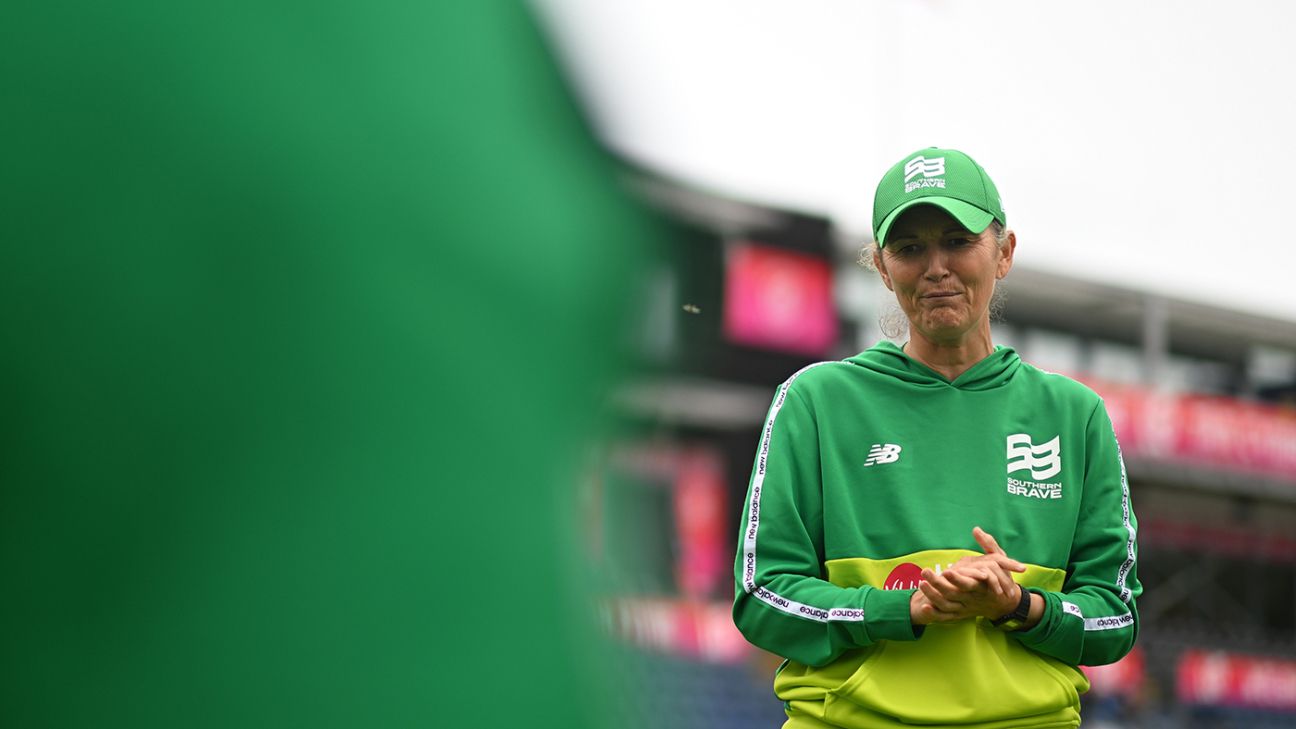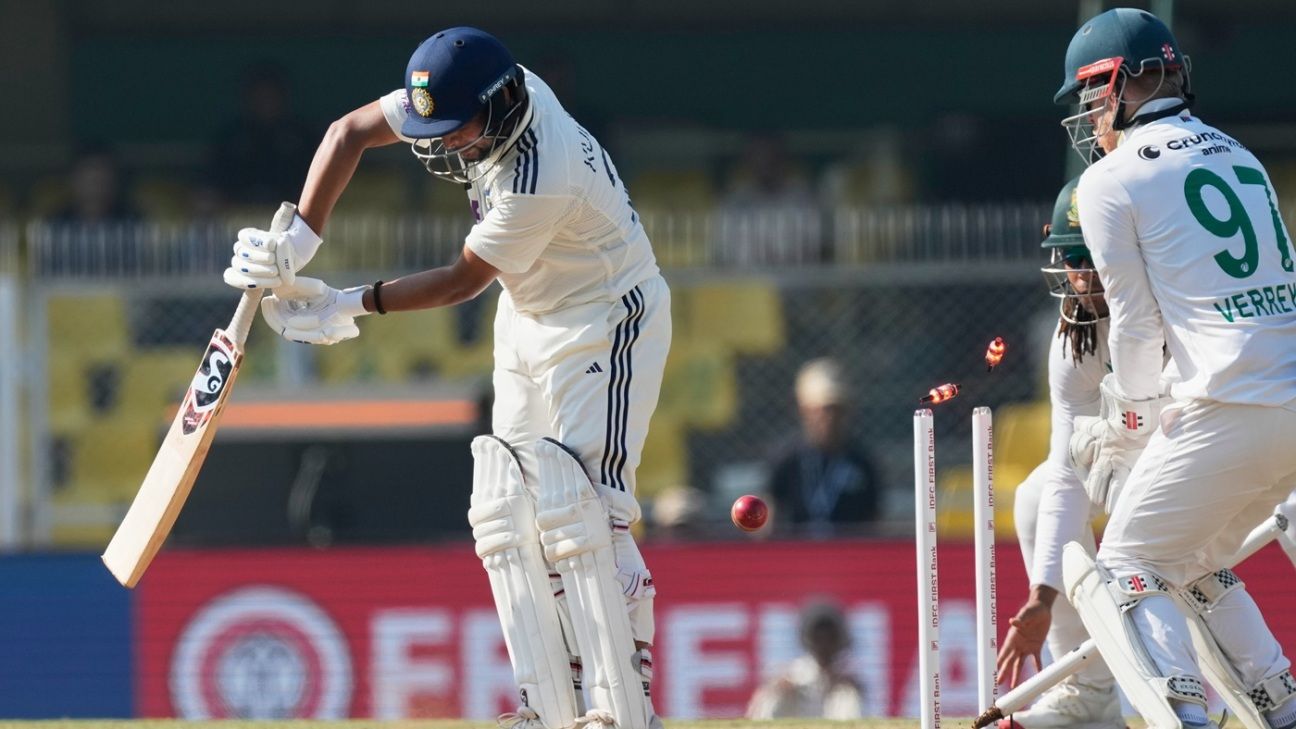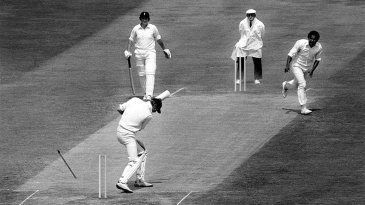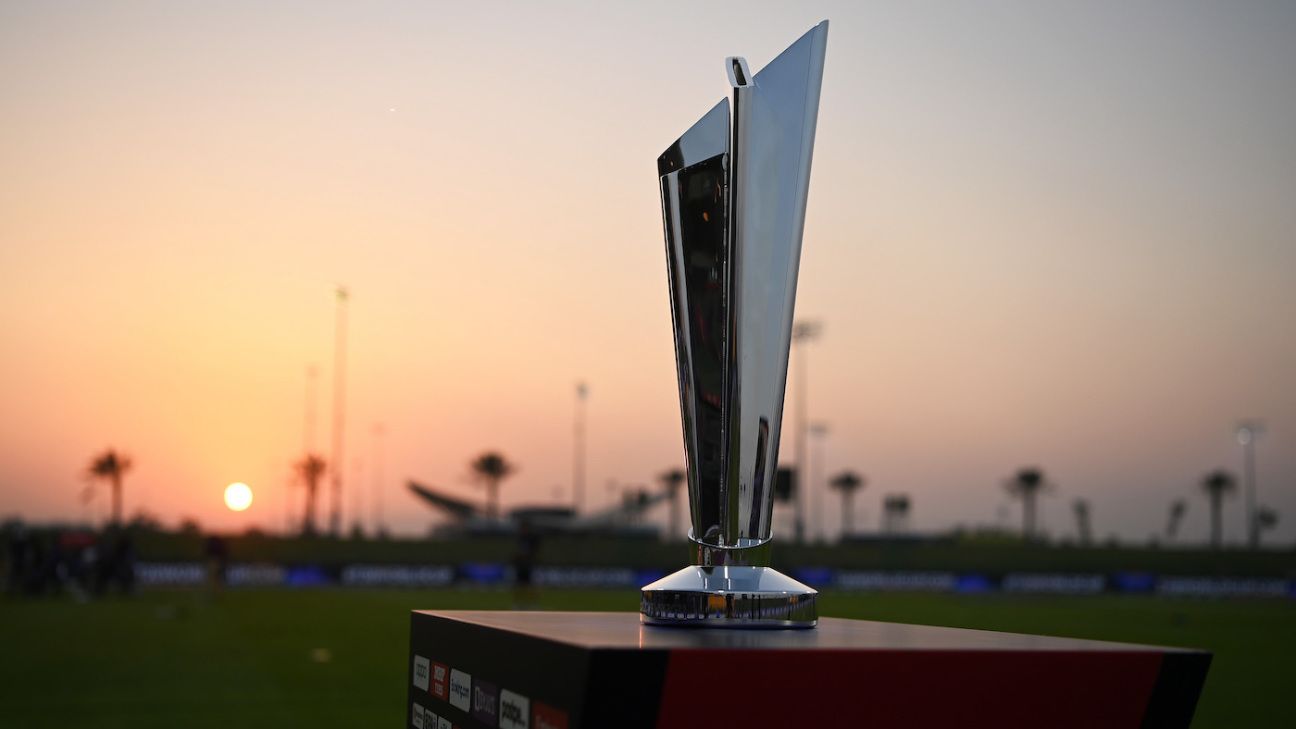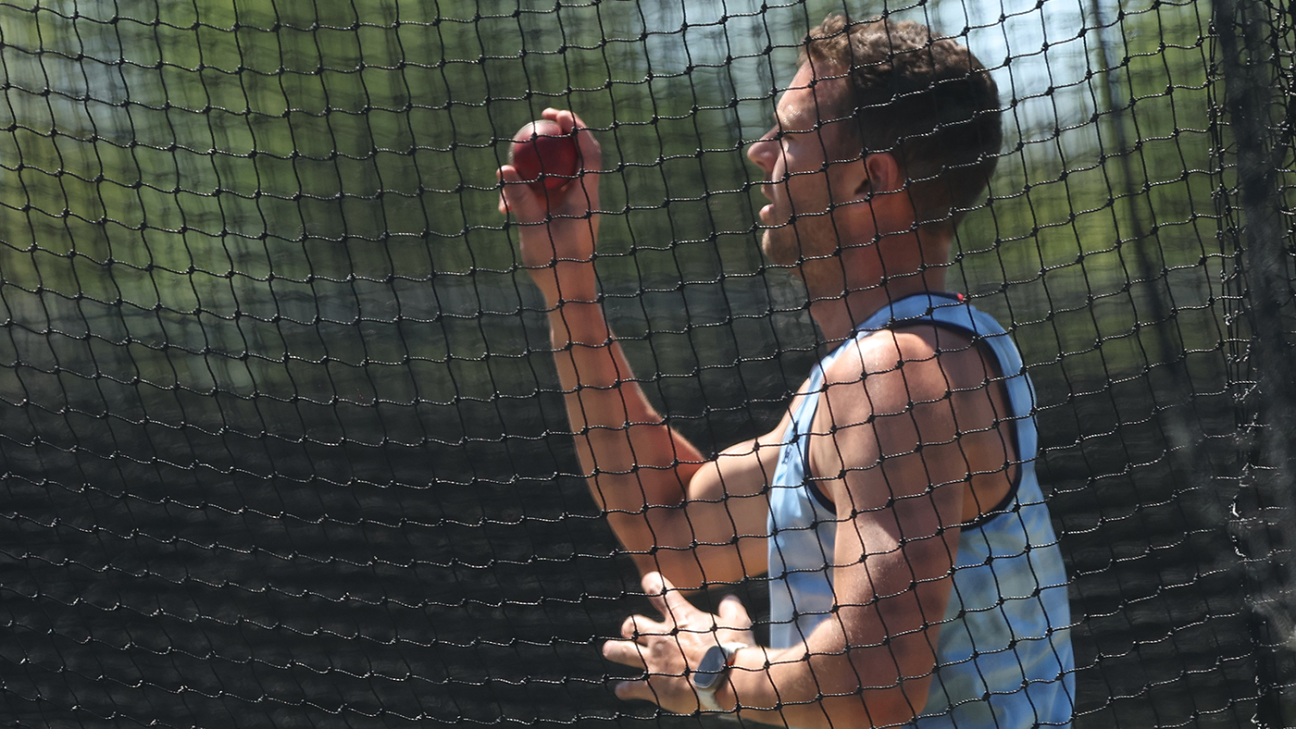Cliff Notes – Charlotte Edwards’ appointment rings in new era for women’s game
- Charlotte Edwards has been appointed as the ECB’s head coach, coinciding with the launch of a new tiered structure for women’s county cricket aimed at promoting gender parity.
- Edwards’ extensive experience and success in women’s cricket are expected to raise standards and inspire the next generation of players within the evolving professional landscape.
- The timing of her appointment highlights a shift in focus towards a more competitive environment, addressing concerns over complacency within the current England women’s team structure.
Charlotte Edwards’ appointment rings in new era for women’s game
It seemed, on the face of it, to be a classic case of ECB miscommunication. At Lord’s on Tuesday afternoon, with literally minutes to go until the start of a board-hosted event to mark the start of the 2025 county season, a WhatsApp message pinged in the pockets of the invited journalists that drew the attention away from the assembled winners of last year’s eight domestic trophies, and onto rather more pressing matters.
Charlotte Edwards, the Grand Dame of England Women’s cricket, had just been confirmed by the ECB’s media machine as their incoming head coach, and the fact that this was a surprise to literally no-one present was another reason to wonder why they couldn’t just let the planned event play out without distraction, and choose a less conflicting moment to divulge such an open secret.
And yet, on reflection, Edwards’ unveiling was exactly the news required to tie a bow on the day’s events. For starters it allowed Richard Thompson, the ECB chair, to make mention of the appointment in his address to the assembled guests, but moreover, it leaned into the broader theme of the day, and indeed, the season: the launch of the new tiered structure for women’s county cricket, which is arguably a more significant stride towards gender parity than even the much-trumpeted Hundred.
Editor’s Picks
2 Related
If, after all, the point of the policy is to create a pyramid for the women’s game that extends from the most under-appreciated grassroots all the way up to the England team itself, then it makes perfect sense to have in place a player-turned-coach at the apex who personifies that very journey.
As Beth Barrett-Wild, the ECB’s Director of Women’s Professional Game, put it: “She really bridges that gap between where the women’s game has come from, from those early days of professionalisation back in 2014 – when she was one of our first England women’s cricketers to get a professional contract – and then on through to today. It’s incredibly exciting.”
The timing, however, is fascinating. There was a time, nine now increasingly distant years ago, when it was said of Edwards that “nothing grew in her shade”, such was the daunting scope of her personal achievements – in terms of longevity, hunger, and sheer weight of statistics. These included more than 10,000 runs across international formats, a milestone that she was the first to reach globally, and which no England Women’s player has since come close to matching.
What’s more incredible is that she achieved all of this from a handicapped start. As the classic anecdote goes, Edwards had to pay for her first England blazer as a 16-year-old in 1996, and had been so immersed in men’s cricket as her vehicle that she hadn’t even known that women’s international cricket was an attainable goal until England’s victory in the 1993 World Cup.
And now she is back, just days after Heather Knight – her similarly long-toothed successor – received the same undignified heave-ho that Edwards herself was subjected to back in 2016.
Charlotte Edwards addresses her Southern Brave team ECB via Getty Images
It’s hardly a surprise that Edwards’ standards have since been transferred to the teams she has overseen in her coaching career – eight trophies in five years, including two WPL titles with Mumbai Indians. But her story also hints at an unspoken gripe about the state of the team she’s about to oversee.
Privately, there is a consensus that England’s current professional structure is too soft, perhaps inevitably so, given the change in emphasis from that old-school fight for recognition that Edwards’ generation was the last to truly embody, to the status quo, whereby the signing of that ECB contract – however small it may be compared to the men’s salaries – has inadvertently led to a sating of hunger. As the lack of turnover in Knight’s England teams showed, once the players were on the payroll, it was as hard to be dropped as it was to be selected from outside the bubble.
There are perhaps shades in this narrative of the pressure – and jealousy – that West Indies’ players of the early T20 era felt from the generational greats that preceded them. And yet, when Alex Hartley made her comments about England’s fitness levels after their shock exit from the T20 World Cup, she was merely making a point that anyone with a set of eyes could have ascertained for themselves. England’s collapse in standards in that fateful Dubai match was so absolute that Jon Lewis, Edwards’ predecessor as head coach, was obliged to march onto the outfield at the end of West Indies’ riotous powerplay in a desperate bid to salvage their campaign.
Heather Knight deals with the feeling of defeat ICC/Getty Images
Clearly that intervention didn’t work, and nor Lewis’s exhortations throughout a dismal Ashes campaign, as shown when Sophie Ecclestone’s touchy response to Hartley’s interview request in Sydney caused those comments to resurface. Despite this, in his infamous “Bondi Beach” address at the end of the tour, Lewis still swore blind that he could not have asked more of his players’ work-rates.
And, perhaps, he truly couldn’t. As the recent allegations of bullying in Britain’s cycling and swimming circles have shown, there is something a bit grim about male coaches beasting their female charges way beyond their comfort zones. It may chime with the requirements of professionalism, but it certainly doesn’t chime with the times.
And so, we may finally have reached the moment when an elite woman has to take command of England’s elite women.
“She definitely runs a very tight ship, and she will bring such authenticity to that role,” Barrett-Wild said. “She’ll be able to speak to it from not too long ago, when it was a very different landscape for the women’s game. It is a timely reminder of how fortunate the women’s game is now, but in a really positive, progressive way. She’s a perfect fit for that right now.”
Edwards may have been England’s first professional female, but a total of 142 will feature in their domestic competitions this season. A significant number of those will be on relatively insubstantial £20,000 rookie contracts, but there is also a strong likelihood that 2025 will feature the first million-pound England women’s cricketer, when their earnings from all available competitions are compiled.
You can bet that, with Edwards in the building, she’ll be obliged to earn every penny of that. And if not, there also exists – in the less-vaunted but no less significant Tiers 2 and 3 of the county structure – a potential groundswell of Edwards’ prototypes: girls who won’t be paid anything (beyond expenses) for their commitment to the game, but whose desire for that same recognition promises to be every bit as vital in driving the standards of the players above them.
“Tier 2 brings strength and depth to our structure, and it creates that pathway,” Barrett-Wild said. “If we’re doing our jobs around growing the women’s game, we are going to need more than eight teams right at the top.”
It’s also going to take an England team at the top of that pile that sets truly aspirational standards. Much like those of the woman whose own journey within that team has just been renewed.

